Top 9 Rock Moments 1964
The earliest year we will review on Classic Rock Review will be 1965. But this week we will cheat a little and look at the top moments from the preceding year, 1964, as […]
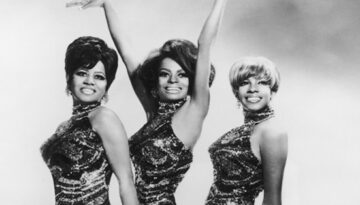
The earliest year we will review on Classic Rock Review will be 1965. But this week we will cheat a little and look at the top moments from the preceding year, 1964, as […]
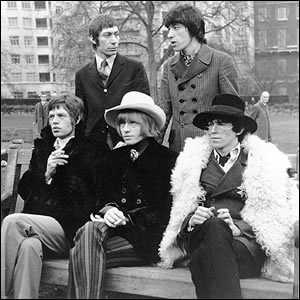
Let’s talk for a moment about controversy. The fact that we occasionally have double album reviews (that is reviews of two single albums by the same artist) may be a bit controversial, as […]
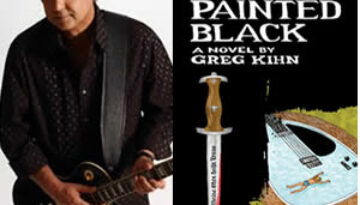
Adding to his long and distinguished career in rock music, Greg Kihn is now fully immersed in the world of creative fiction. His latest novel, Painted Black, is the second in a sequence […]
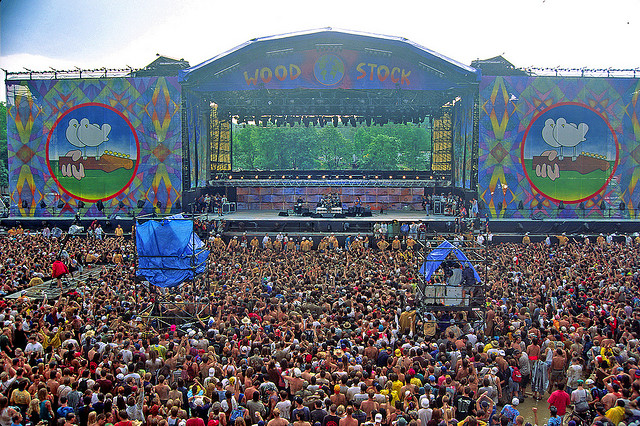
Through the long history of rock and roll, there have been impressive second acts. We’ve spoken about such comebacks during some of our late 1980s reviews, most prominently the full re-ascent of the […]
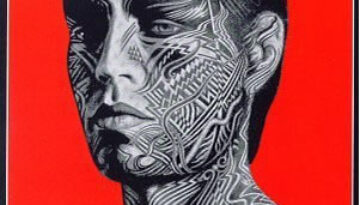
Buy Tattoo You Part of the fun of reviewing all these great albums is discovering that some of your own long held preconceptions are, in fact, false. Approaching this album, Tattoo You by […]
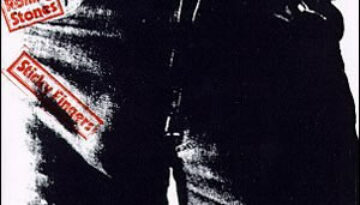
Buy Sticky Fingers Sticky Fingers is the third of the trilogy of Rolling Stones albums that, in our opinion, comprise the heart of the band’s prime. The first two were Beggars Banquet in […]
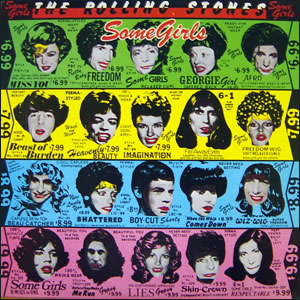
Buy Some Girls Some Girls was a major commercial and critical success for the Rolling Stones in 1978. Here, the classic British rock group incorporated the new genres of disco, punk, along with […]
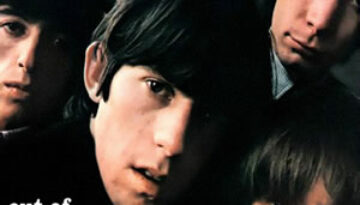
Buy Out of Our Heads The Rolling Stones made major strides towards composing their own music successfully during the year 1965. Out of Our Heads was released (in the U.S.) and lit the […]
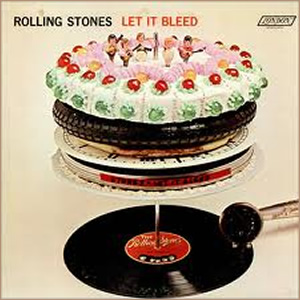
Buy Let It Bleed The middle release of the three greatest Rolling Stones albums, Let It Bleed finished the decade of the 1960s with a mostly solid blues/rock effort which contains a pop/rock […]
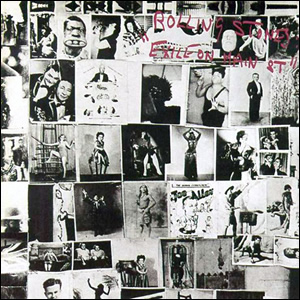
Buy Exile On Main Street Many esteemed and big-name rock publications have rated Exile On Main Street by The Rolling Stones as one of the greatest albums of all time (especially the publication […]